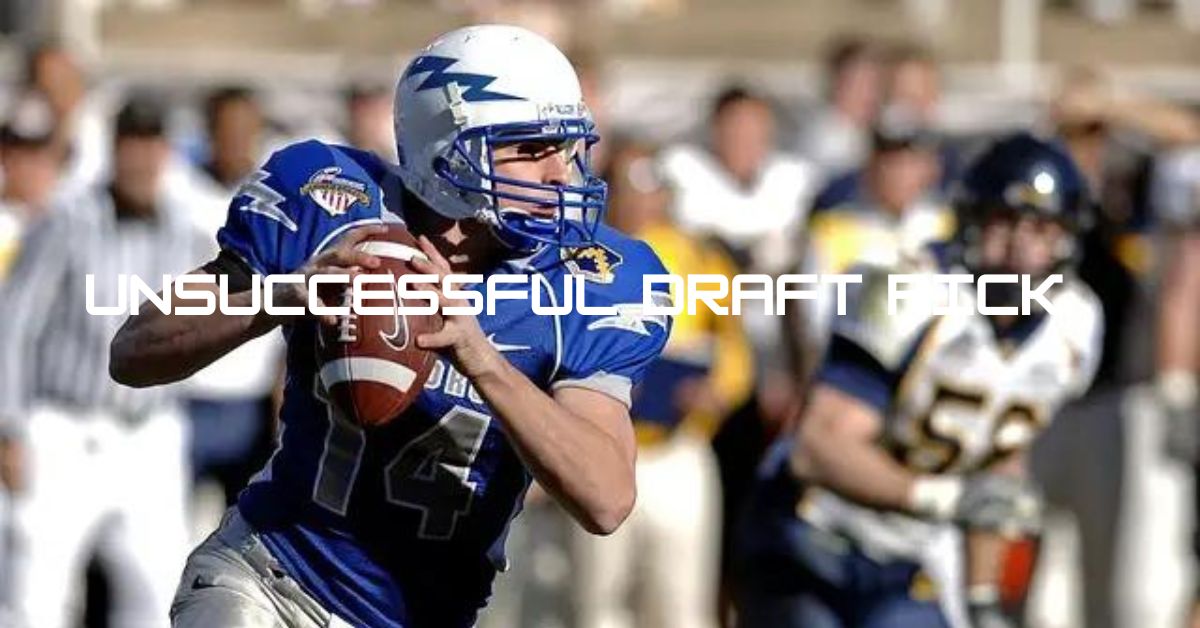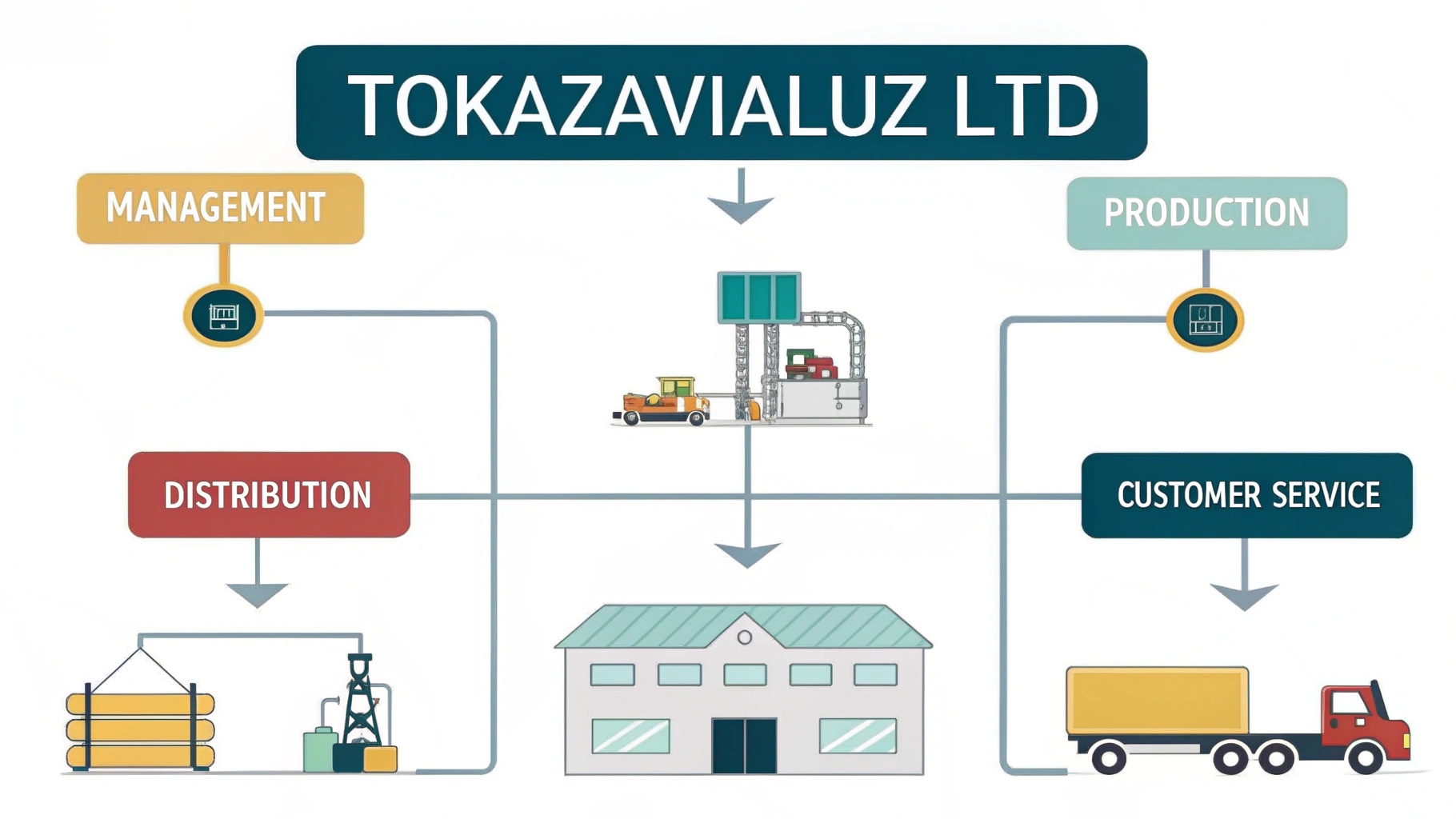In the world of sports, the draft is one of the most exciting and crucial events for both teams and fans.
It’s a time when teams have the opportunity to select new talent that could potentially shape the future of their franchise.However, not every draft pick turns out to be a success. The term “unsuccessful draft pick” refers to a player who was selected during the draft but failed to live up to the expectations associated with their draft position.
These picks can be disappointing for teams and fans alike, and they often serve as cautionary tales in the sports world.
What is an Unsuccessful Draft Pick?
An unsuccessful draft pick is a player who was chosen during a draft—whether in the NFL, NBA, NHL, MLB, or any other professional sports league—but did not meet the expectations set by their draft position.
These expectations can be related to the player’s performance, contribution to the team, or the overall impact they were expected to have.
There are various reasons why a draft pick might be deemed unsuccessful. Some players fail due to injuries, others struggle with the transition to professional sports, and some simply do not possess the skills that were initially projected.
The disappointment of an unsuccessful draft pick is often amplified when the player was selected in the early rounds of the draft, where the expectations are highest.
The Impact of Unsuccessful Draft Picks on Teams
Unsuccessful draft picks can have significant consequences for teams. High draft picks often come with high expectations, and when a player fails to deliver, it can set a team back for years. Here are a few ways an unsuccessful draft pick can impact a team:
Lost Opportunity
Every draft pick represents an opportunity to improve a team’s roster. When a pick is unsuccessful, it means that the team has potentially missed out on a player who could have been more beneficial.
Financial Costs
High draft picks often come with hefty contracts. If a player doesn’t perform as expected, the team may be stuck with a large financial commitment that doesn’t pay off.
Team Morale
When a highly-touted draft pick fails to live up to expectations, it can have a negative impact on team morale. Other players and fans may become disillusioned, leading to a lack of confidence in the team’s future.
Reputation Damage
Consistently making poor draft decisions can damage a team’s reputation. It may become harder to attract top talent in the future if players and agents perceive the team as one that doesn’t make wise choices in the draft.
Famous Examples of Unsuccessful Draft Picks
There have been many notable examples of unsuccessful draft picks across different sports.
Ryan Leaf (NFL)
Drafted second overall in the 1998 NFL Draft by the San Diego Chargers, Ryan Leaf was expected to be a franchise quarterback.
However, his career quickly spiraled due to poor performance, injuries, and off-field issues. Leaf is often cited as one of the biggest draft busts in NFL history.
Darko Miličić (NBA)
Selected second overall in the 2003 NBA Draft by the Detroit Pistons, Darko Miličić was expected to become a star.
However, he never lived up to the hype and was overshadowed by other players in his draft class, including LeBron James, Carmelo Anthony, and Dwyane Wade.
Brian Bosworth (NFL)
Known as “The Boz,” Brian Bosworth was a highly anticipated draft pick for the Seattle Seahawks in 1987.
However, his career was cut short due to injuries, and he never became the dominant force many expected him to be.
Reasons Behind Unsuccessful Draft Picks
Understanding why a draft pick fails is essential for teams to avoid making the same mistakes in the future. There are several common reasons why a player might not live up to expectations:
Injuries
One of the most common reasons for a player’s failure to succeed is injury. Even the most talented players can see their careers derailed by injuries that prevent them from playing to their full potential.
Mental Toughness
The transition from college or amateur sports to the professional level can be challenging.
Some players struggle with the mental aspects of the game, including handling pressure, dealing with failure, and maintaining focus.
Overestimation of Talent
Sometimes, teams overestimate a player’s abilities based on their college or amateur performance.
While a player may have excelled at a lower level, they may not possess the necessary skills to succeed professionally.
Poor Fit with the Team
A player’s success can also depend on the team that drafts them. If a player is not a good fit for the team’s system or culture, they may struggle to find their place and perform well.
Off-Field Issues
Problems off the field, such as legal troubles, substance abuse, or poor work ethic, can also contribute to a player’s failure to succeed.
How Teams Can Avoid Unsuccessful Draft Picks
While there is no surefire way to avoid an unsuccessful draft pick, there are steps teams can take to minimize the risk:
Thorough Scouting
Comprehensive scouting is essential. Teams need to evaluate not only a player’s physical abilities but also their mental toughness, work ethic, and ability to fit into the team’s culture.
Injury History
A player’s injury history should be carefully reviewed. While injuries are sometimes unavoidable, a history of injuries can be a red flag.
Interviews and Character Assessment
Conducting interviews with players and those close to them can provide valuable insights into their character and mental toughness.
Fit with Team System
Teams should consider how well a player will fit into their system and culture. A player who may excel in one system might struggle in another.
Realistic Expectations
Teams should have realistic expectations for each draft pick. Not every player selected will become a star, and it’s important to recognize the potential limitations of each pick.
The Role of the Media in Labeling Draft Picks as Unsuccessful
The media plays an important role in shaping public perception of draft picks. A player who fails to meet the media’s expectations can quickly be labeled as a “bust,” regardless of the circumstances.
This label can be difficult for players to shake and may contribute to their struggles.Media scrutiny can be intense, especially for high-profile draft picks.
The pressure to perform can be overwhelming, and some players may struggle under the weight of these expectations.
It’s important for teams to support their players and help them navigate the challenges of being in the spotlight.
Can an Unsuccessful Draft Pick Still Have a Successful Career?
While some players who are labeled as unsuccessful draft picks never recover, others are able to overcome the label and go on to have successful careers. This can happen in a ways:
Finding the Right Fit
Sometimes, a change of setting is all a player needs. A player who struggles with one team may find success with another if they are a better fit for the new team’s system and culture.
Adapting to a New Role
A player who was expected to be a star may find success by accepting a different role. For example, a player who was drafted to be a starting quarterback might find success as a backup or in a different position.
Overcoming Adversity
Some players are able to overcome injuries or other challenges and eventually meet the expectations set for them. This can take time, but perseverance and hard work can pay off.
Contributing Off the Field
Even if a player doesn’t have a successful on-field career, they may still find ways to contribute to the team or the sport in other capacities, such as coaching, mentoring, or community involvement.
Learning from the Past
Looking at past examples of unsuccessful draft picks can provide valuable lessons for teams.
By analyzing what went wrong, teams can make better decisions in the future. Here are a few case studies:
Sam Bowie (NBA):
Sam Bowie was selected second overall in the 1984 NBA Draft, ahead of Michael Jordan.
While Bowie had a solid career, he was plagued by injuries, and the decision to draft him over Jordan is often cited as one of the biggest draft mistakes in NBA history.
The lesson here is the importance of considering a player’s injury history and potential durability.
JaMarcus Russell (NFL):
Selected first overall in the 2007 NFL Draft by the Oakland Raiders, JaMarcus Russell was expected to be a franchise quarterback.
However, he struggled with work ethic, weight issues, and poor performance on the field.
The Raiders’ decision to draft Russell highlights the importance of assessing a player’s character and commitment to the game.
Kwame Brown (NBA):
Drafted first overall by the Washington Wizards in 2001, Kwame Brown struggled to live up to the expectations placed on him.
While he had a lengthy career, he never became the star that many expected. This case underscores the challenges of scouting and developing young talent, especially when they are drafted straight out of high school.
The mindly Impact of Being an Unsuccessful Draft Pick
The label of being an unsuccessful draft pick can have a lasting psychological impact on a player.
The pressure to perform, coupled with the disappointment of not meeting expectations, can lead to a range of emotional and mental health challenges, including:
Low Self-Esteem
Constant criticism from the media, fans, and even their own teams can lead to a loss of confidence and self-esteem.
Depression
The stress and disappointment associated with failing to meet expectations can contribute to depression and other mental health issues.
Isolation
Players who are labeled as unsuccessful may feel isolated from their teammates, fans, and the sport they love.
It’s important for teams to provide support to players who are struggling with these challenges.
Mental health resources, counseling, and a supportive environment can make a significant difference in helping a player overcome the stigma of being an unsuccessful draft pick.
The Future of Drafting
As technology and analytics continue to advance, teams are finding new ways to reduce the risk of making an unsuccessful draft pick. Here are a few trends that could shape the future of drafting:
Advanced Analytics
Teams are increasingly using data and analytics to evaluate players. This includes not only traditional statistics but also advanced metrics that can provide deeper insights into a player’s potential.
Psychological Testing
Some teams are incorporating psychological assessments into their scouting process to better understand a player’s mental toughness, decision-making abilities, and overall fit with the team.
Injury Prediction Models
Advances in sports science are allowing teams to better predict the likelihood of injuries.
By analyzing a player’s biomechanics, history, and other factors, teams can make more informed decisions about a player’s durability.
Virtual Reality Training
Virtual reality (VR) technology is being used by some teams to simulate game situations and assess how players react.
This can provide valuable insights into a player’s decision-making and performance under pressure.
Character Development Programs
Teams are investing in character development programs to help players transition to professional sports. These programs focus on building resilience, leadership, and a strong work ethic.
FAQs
1. What defines an unsuccessful draft pick?
An unsuccessful draft pick is a player who fails to meet the expectations set by their draft position, often due to poor performance, injuries, or other factors.
2. Why do some draft picks fail?
Draft picks can fail for various reasons, including injuries, lack of mental toughness, poor fit with the team, and off-field issues.
3. Can an unsuccessful draft pick still have a successful career?
Yes, some players labeled as unsuccessful draft picks can still have successful careers by finding the right fit, adapting to a new role, or overcoming adversity.
4. How do teams avoid making unsuccessful draft picks?
Teams can reduce the risk of making unsuccessful picks by conducting thorough scouting, assessing injury history, interviewing players, and considering how well a player fits with the team.
Conclusion
Unsuccessful draft picks are a natural part of professional sports, offering teams valuable lessons for future decisions.
While disappointing, these picks highlight the importance of thorough scouting, advanced analytics, and character assessment.
By embracing new technologies and methodologies, teams can reduce the risk of failure and improve their chances of drafting players who contribute significantly to their success.
Ultimately, the goal is to learn from past mistakes and refine the process to achieve better outcomes in future drafts





